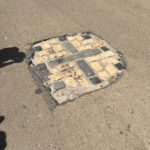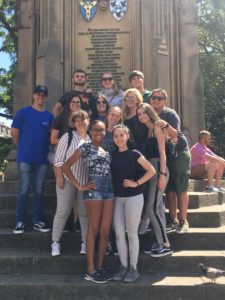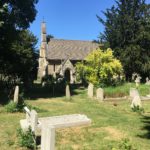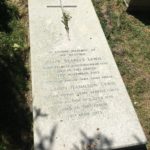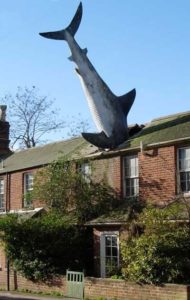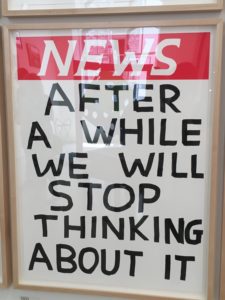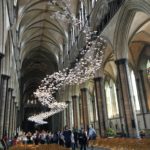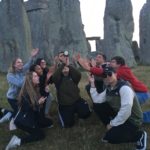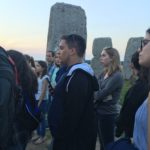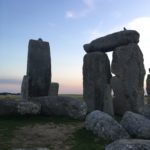A slightly cooler day, if still sunny, which raised everyone’s spirits. The lack of air conditioning on a grand scale has been noted more than once by our crew! Today we explored the story of the “Oxford Martyrs” as well as the area around St. Giles Street as our geographic area. The presenting students had written a well nuanced play which a group of them performed. The students explored a range of historical topics:
- the nature of a conversion expereince, its orgins (the story of St. Paul) and the varied reasons for such
- the meaning of tolerance and its limits
- the relationship between the legal and moral limits regarding free speech
- how to speak across different viewpoints without silencing one
- the fascination with public executions as entertainment and the modern day replacement of reality TV as both signally a dark side of human nature
- the power of belief, and its expression as integrity
Later our team took us on a tour which included a visit to St. Mary’s University Church to witness where Cranmer was charged and tried to defend his beliefs, the cross on Broad Street that represents where he was burned at the sake, and the Martyrs Memorial on St. Giles.
Afterwards we all visited the Ashmolean where the students could engage in a scavenger hunt for a number of art works and artifacts found around the museum. Tomorrow is our final class meeting.


